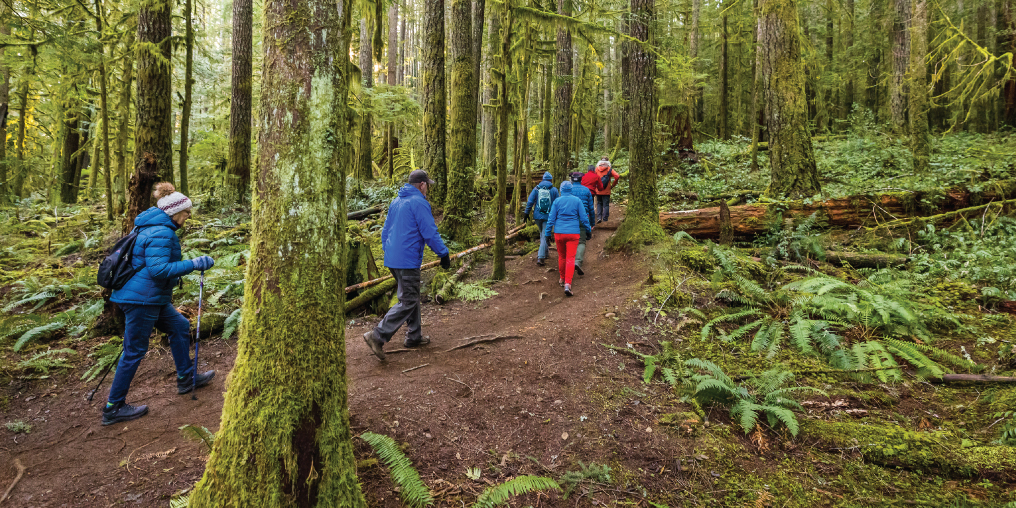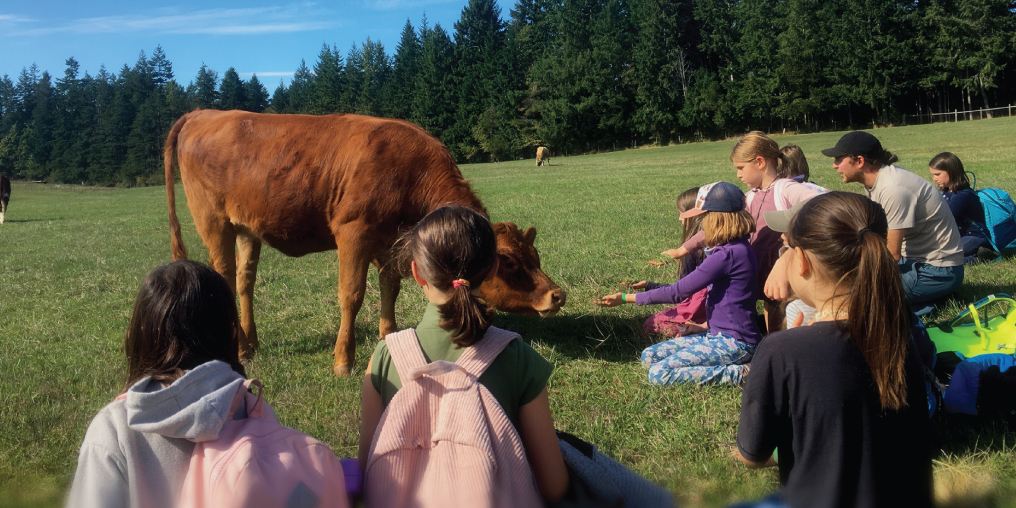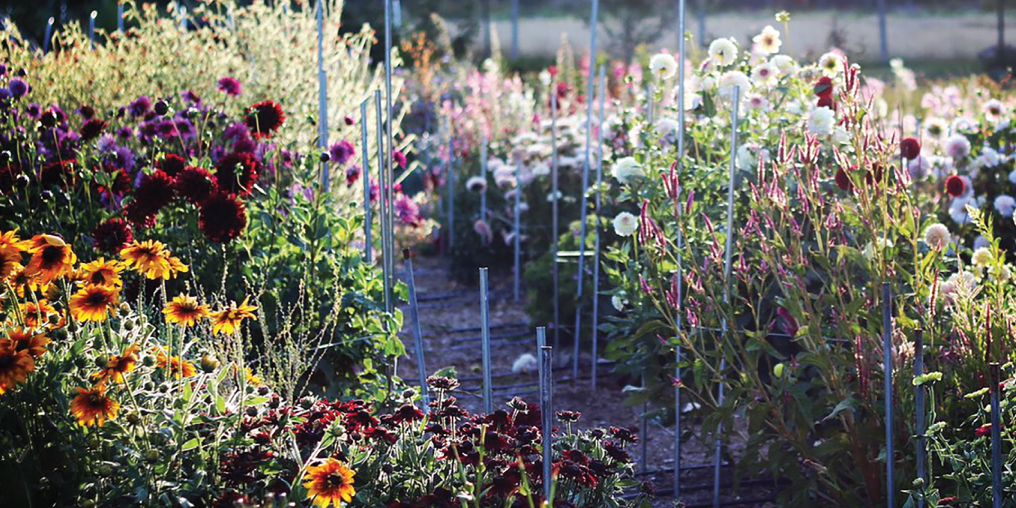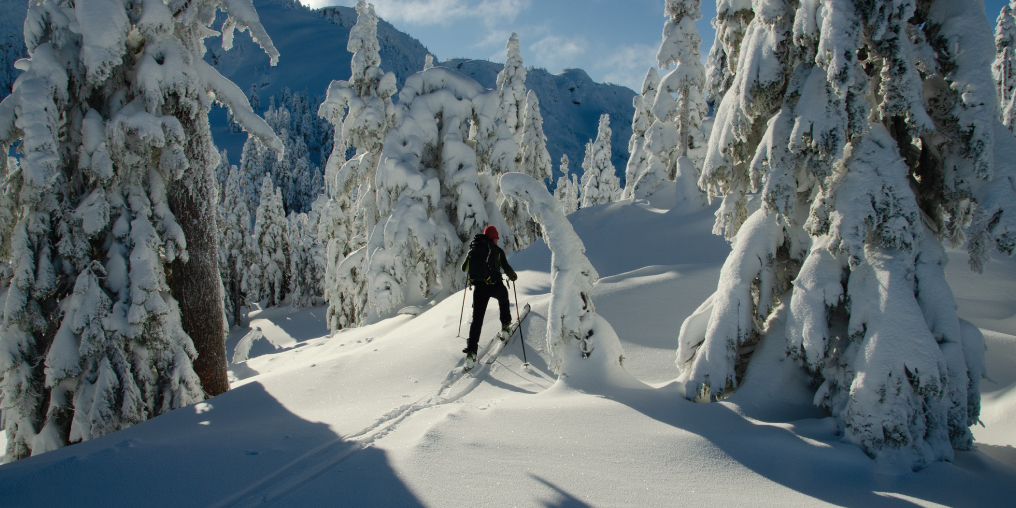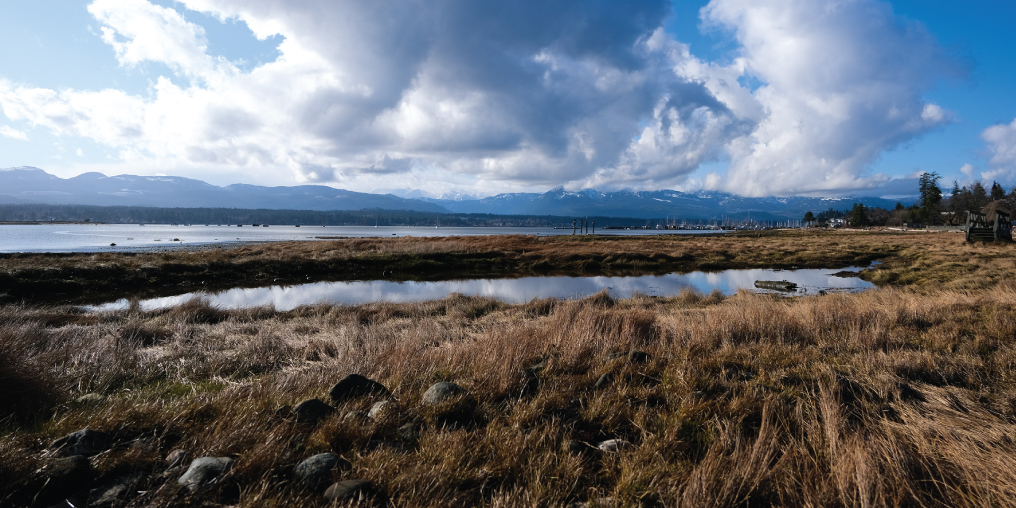“Expect mountain bikes, hikers, runners, dogs, children, and elders on these trails.”
It’s nine o’clock and the Sunday Morning Philosopher’s Club (also now known as the Cumberland Forest Crones) is heading out from our usual rendezvous point; today, we’ve decided to hike in the Eastern Bloc. As we reach the bridge behind the BMX park, we meet another group: the Sunday runners. Usually anywhere from 10 to 20 people, today this group is 15 strong. The runners generally do a two-hour loop, so we’ll probably see them again coming down Top Hat, depending on which route we take. (Sometimes we have a set direction, or someone has to be back by a certain time, so we define the route, but most days we start out and follow where the trails take us.)
Why do we call ourselves philosophers? We started hiking together about 10 years ago, although some of us have been hiking together longer. Most of us have dogs that need exercise, but more importantly, we need the companionship you develop hiking together over rough terrain, “forest bathing,” and exclaiming over slime molds (me). We talk about human frailties—aging parents, family news, job frustrations, the environment, and yes, philosophy. Life and the universe. There is laughter and fun. On the return leg, the talk always turns to food.
We stay out of the forest on windy days when there is an increased risk of falling trees, and as we have gotten older, we rely more on poles and crampons. There have been a few broken bones over the years, but nothing keeps us out of the forest for long.
There have always been trails in and around Cumberland, some created by water runoff or animals. This forest is nestled within the unceded territory of the K’ómoks First Nation, whose ancestors created pathways for hunting and trade routes. In more recent history, the land has been braided with industrial routes: logging roads and mine exploration paths. By the 1990s, several independent trail builders had cleared new routes and installed ramps and jumps in the forest to support mountain biking, then in its infancy on Vancouver Island.
The River Rats, a group of former runners who started mountain biking, built several amazing trails near Cumberland with thousands of feet of cedar boardwalks, jumps, and switchbacks—all done with a lot of hard work, stealth, and maybe some beer and other recreational substances to make the more boring parts of trail building more entertaining. (And all done on private forestry land, with minimal signage, as all of these trails were completely unsanctioned.)
Local runners, hikers, and mountain bikers flocked to the new trails, but they were pretty much a local secret until 2015, when the United Riders of Cumberland (UROC), the Village of Cumberland, and private landowners signed a land use agreement that brought legitimacy to the network. Today, the Cumberland forest trail network is ranked among the top 10 mountain biking destinations in the world.
Sunday is not the only popular group hiking day. A larger gathering meets and leaves every Tuesday at 0900 sharp. Even through the pandemic, when restrictions allowed it, this Tuesday group has consistently gathered five or six hikers, plus assorted dogs, every week. This is a great opportunity to meet like-minded Cumberlanders of varying age (mid-40s to mid-70s) and hiking ability. Some of the people with the most stamina are in the older age range.
The group started meeting on Tuesdays seven or eight years ago because that was Deb Lefebvre’s only morning off work. Deb has since moved to Nova Scotia, but we see no reason to change the day.
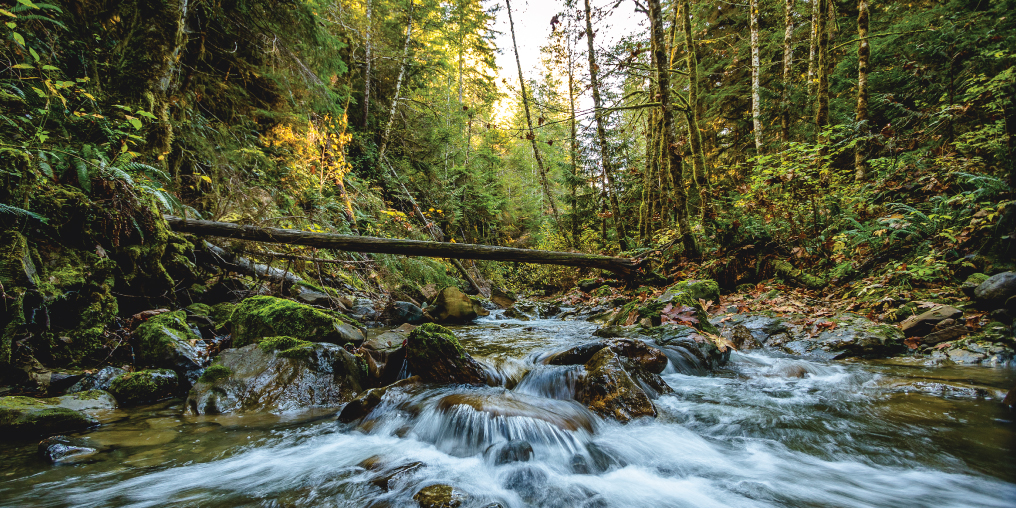
On weekdays I see the outdoor-education preschool group with the littles in their rain suits. Older age school groups appear more randomly. Every day, there are young parents with babies in running strollers or bike chariots, and often with dogs. People of all ages wander the wetlands, bird watching or, on sunny days, admiring the way the dappled light glows on the trees. Mountain bikers tend to appear around 10 in the morning—sometimes six abreast—pumping up Davis Lake Main to get to the upper trails. Their forest experience is quite different from that of people on foot, but we all enjoy the place in our own way.
New trails outside the Cumberland Community Forest Park are now pre-surveyed and vetted. The trail network is easy to navigate using the Trailforks app, physical trail signage, and even paper maps for electronically challenged forest crones like me. UROC has successfully sourced grants and corporate sponsorship for more ambitious machine builds like Sobo No Michi, the beautiful climbing trail made by Bill McLane of Workhorse Trail Design.
I hope there will always be a place for the River Rats to hand build their signature gnarly trails. They were recently granted approval to construct another access up Nikkei Mountain. I look forward to trying it out when it’s completed later in 2022.
The network is evolving. There are some growing pains and signs of wear, especially on the lower trails which experience “the highest volume and diversity of trail users on the network.” The Trail Management Strategy is looking at these issues. The Village of Cumberland, UROC, Cumberland Community Forest Society, and the Comox Valley Land Trust (the primary covenant holders on the first forest purchase in 2005) are working together to ensure this multi-use network continues to thrive.
I am in this amazing forest almost every day. As night falls, the bats and beavers and other forest creatures emerge. They use the paths, too. The forest is our responsibility. We must keep faith with the land so that the woods remain, as Robert Frost wrote, “lovely, dark and deep.” The covenants on the land are a promise to future generations that the health and longevity of the forest will be protected, in perpetuity.

